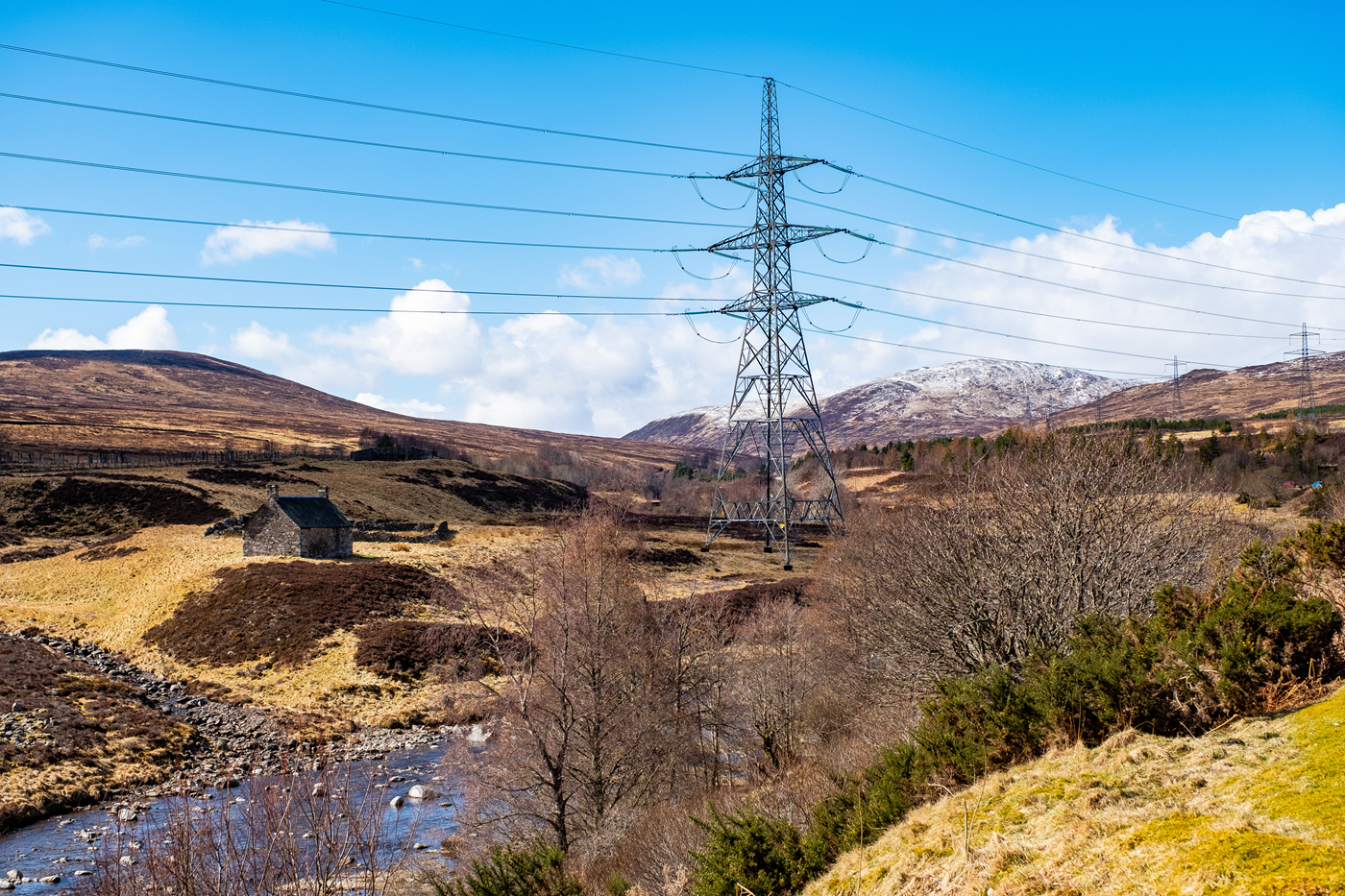We know just how important good electricity grid connection is to the social, economic and environmental well-being of communities. We do not believe it is possible to facilitate the transition to a low carbon economy without taking a long-term, sustainable view of both the operation and development of the north of Scotland electricity transmission network. Therefore, we aim to consider carefully the impact of our activities on the environment, society and the wider economy. To help people understand the systematic approach we’re taking to adapt, reinforce and change electricity transmission in our network area in a reliable and sustainable way, we publish an annual review on sustainability.
Our contribution to the low carbon economy in Scotland
Statistics published this week by the Department for Business, Energy and Industrial Strategy have highlighted major progress with the decarbonisation of the electricity system in Scotland.
The UK Energy Statistics Report https://www.gov.uk/government/news/uk-energy-statistics-statistical-press-release-march-2018 shows Scotland is now home to over 10GW of installed renewable electricity capacity with over 25 terawatt hours of renewable electricty produced in 2017, a 26% rise from last year.
At SSEN, we are proud of our role in this transition and have today published a summary of some of the key facts and figures behind our contribution. You can find out more in the document below:
-
Low Carbon Update.pdf
- Type:
- Date:
- 01 November 2022
- Size:
- 168.2 KB
In order to mitigate the worst effects of climate change, the UK must reduce its carbon emissions by at least 80% by 2050.
The power sector is at the forefront of those efforts with a dramatic increase in electricity generated from renewable sources since 2006. With the greatest renewable resources in Scotland, particularly in the north of Scotland, there has been increasing demand on existing infrastructure. That means we have been building new electricity grid infrastructure to ‘transport’ the new low carbon green energy to meet demand from the rest of the grid.
The UK’s path towards a sustainable and low carbon energy system requires us to adapt our existing infrastructure in an affordable and secure way.
Increasing cost efficiency, reducing resource consumption and integrating low carbon technologies into the electricity transmission network is vital. There are strong correlations between reducing costs and carbon abatement, especially during construction.
Advanced transmission network technologies have the potential to meet future stresses placed on the electricity system more cost effectively than traditional methods of grid reinforcement and fossil fuel-powered system, thus balancing capacity.
While demand reduction from increased energy efficiency may mitigate some of the need for network reinforcement, a need will remain for us to manage an increased electricity load.
The rapid deployment of many low carbon technologies, such as electric vehicles and distributed generation may need to be integrated and co-ordinated at a whole system level. Other areas such as buildings, heat and gas, may also depend on us to provide security and co-ordination.
-
4604-sse-transmission-sustainability-statement_2016_printfriendly_final-2.pdf
- Type:
- Date:
- 01 November 2022
- Size:
- 4.8 MB
-
4873_ssen_elas_v3_st3.pdf
- Type:
- Date:
- 01 November 2022
- Size:
- 1 MB
-
ssen-sustainability-annual-statement-2017-18.pdf
- Type:
- Date:
- 01 November 2022
- Size:
- 1.4 MB
